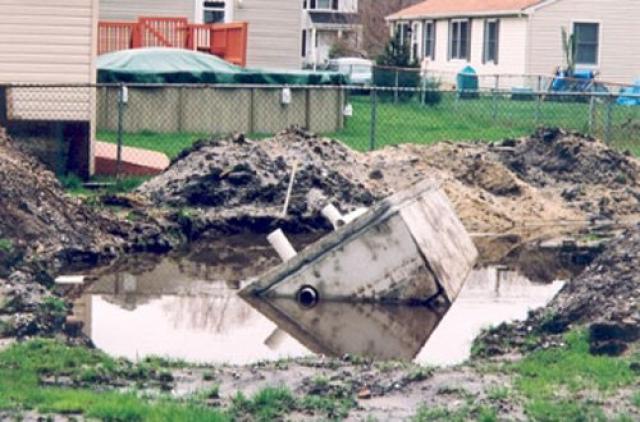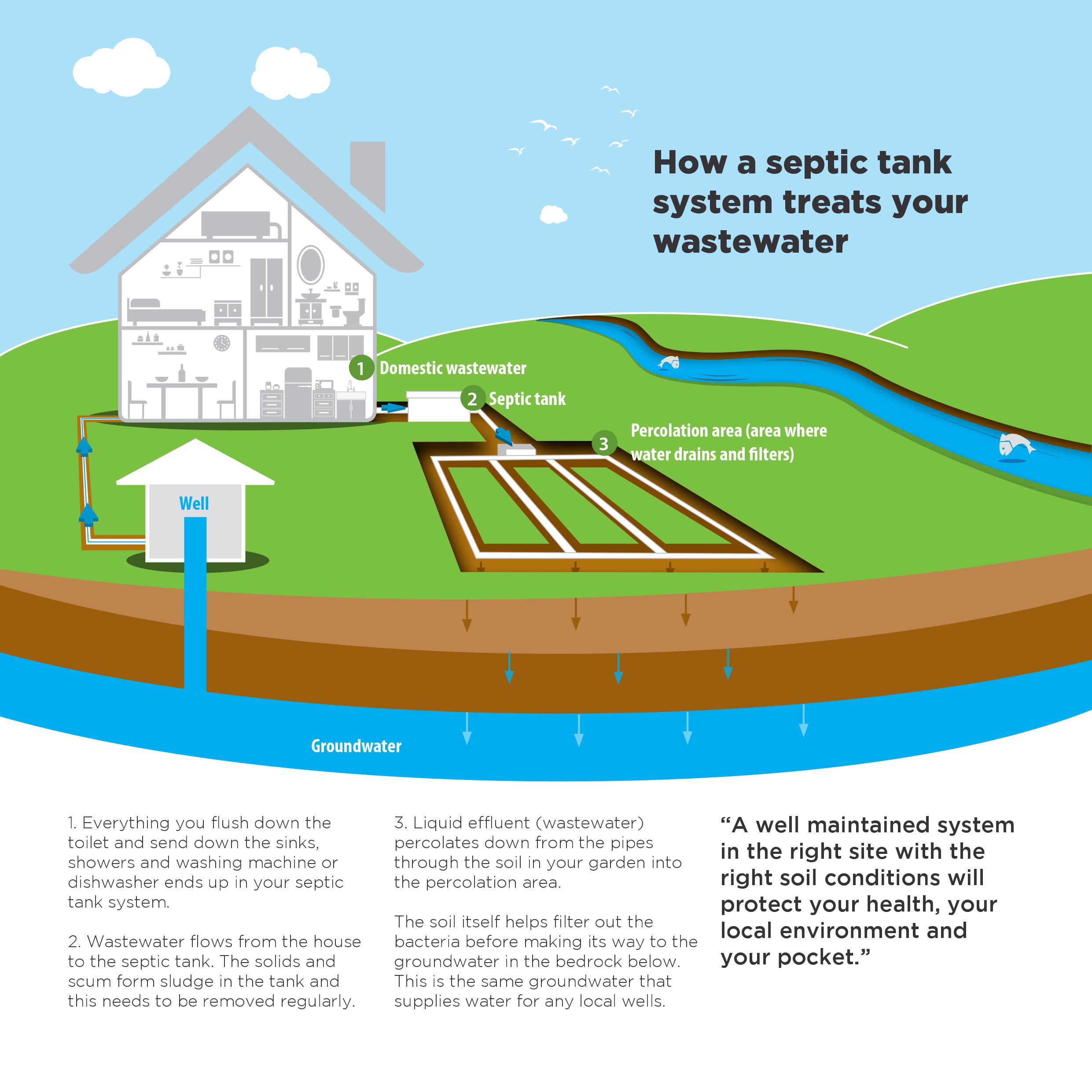

Lastly, avoid driving heavy equipment or vehicles over the drainfield, or else the soil will compact and it’ll be less capable of soaking up rainwater. Only plant grass in the drainfield, since it has smaller roots that can aid in absorption without breaking up the soil. You can also prevent your drainfield from flooding by directing runoff water away from the field so less rainwater will soak into the soil.

Look for warning signs that your septic system needs to be cleaned out, and be sure to have your tank pumped every three to five years. If your septic system hasn’t been properly maintained, it can sustain much more damage from heavy rainfall. Choose a time before storm season begins to have your system inspected and maintained so it can handle the burden of heavy rain.
#Septic tank backup heavy rain free#
Call or visit our website today for a free quote on your septic repairs or maintenance.īefore storm season hits your area, you should make sure your septic system is in good shape. If your septic system has been damaged by recent storms, Quality Septic can help. Thankfully, there are measures you can take before, during, and after a storm to prevent long-term damage. Heavy storms can flood your drainfield and cause your septic system to back up, and can even lead to untreated sewage contaminating rivers and streams surrounding your property. Whether you love the sound of rain or hate being cooped up inside, you might be surprised to learn that rainfall can overflow and damage your septic system.


 0 kommentar(er)
0 kommentar(er)
